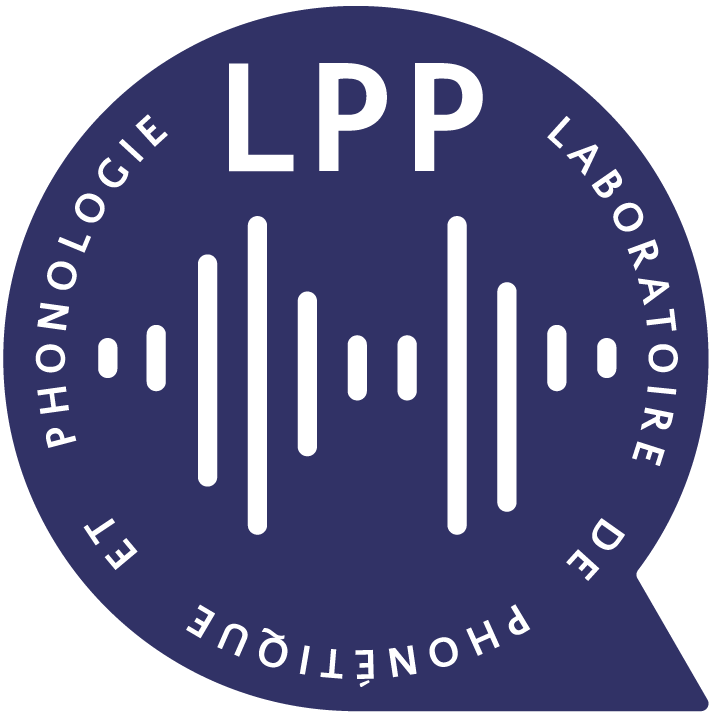Stability and variability of articulatory and acoustic targets of rhotics in function with phonetic system density and place of articulation : the case of /r/ in Spanish, French and Greek
Coordinateur principal : Antonia Colazo-Simon
Co-responsable : Charalampos Karypidis
6 participants (liste alphabétique) : Antonia Colazo-Simon, Ana Maria Fernandez Planas, Charalampos Karypidis, Barbara Kühnert, Juan Carlos Muñoz Cuéllar, Slim Ouni, Rachid Ridouane
Durée du projet : 2 ans (janvier 2009 – juin 2012)
Résumé en français :
Les rhotiques offrent un potentiel d’étude extrêmement pertinent pour comprendre l’étendue de la variabilité dans la production et les stratégies articulatoires individuelles qui peuvent être mises en place en fonction d’un système. L’idée centrale de ce projet est de proposer une étude des mouvements et de la vitesse de déplacement de la langue dans la production des rhotiques [vibrante simple (tap) et vibrante multiple (trill)] de l’espagnol, au moyen de l’Articulographe. Sachant que les vibrantes jouissent d’une certaine liberté articulatoire en fonction de la densité du système, nous comparons la stabilité et la variabilité des vibrantes (simple et multiple) espagnoles à celles de deux autres langues ne possédant qu’une vibrante chacune : le grec et le français afin d’apporter des précisions sur (1) la trajectoire et la vitesse de la langue, (2) le nombre de contact de la langue avec l’articulateur passif, (3) la zone d’articulation, (4) l’élément vocalique associé aux vibrantes et (5) le degré de coarticulation au niveau des lèvres et de la glotte. Nos résultats pourront apporter une précision non seulement sur l’identité phonétique des vibrantes espagnoles, françaises et grecques, mais aussi sur la nature des traits phonétiques (e.g [±voisé], [dorsal]) et le mode d’articulation (vibrantes simples vs. multiples) de ces segments.
Résumé en anglais :
The rhotics offer an extremely pertinent potential for understanding the extent of variability in the individual subjects’ production and the articulatory strategies which can be adopted. The central idea of this project is to suggest a study of movement and speech rate of the tongue during the production of rhotics [simple (tap) and multiple trill (trill)] of Spanish by means of an articulograph. Based on the fact that rhotics a certain articulatory freedom in function with system density, we will compare the stability and the variability of Spanish /R/ (simple and multiple) with that of two other languages having only one /r/, Greek and French, in order to provide precise details on (1) the trajectory and speed of the tongue, (2) the number of contacts of the tongue with the passive articulator, (3) the zone of articulation, (4) the vocalic element associated with rhotics and (5) the coarticulation regarding lip and glottal activity. Our results will provide evidence not only on the phonetic nature of rhotics in Spanish, French and Greek, but also on the nature of the phonetic features behind each sound : [±voice], [dorsal], mode of articulation (tap vs. flap), etc.


